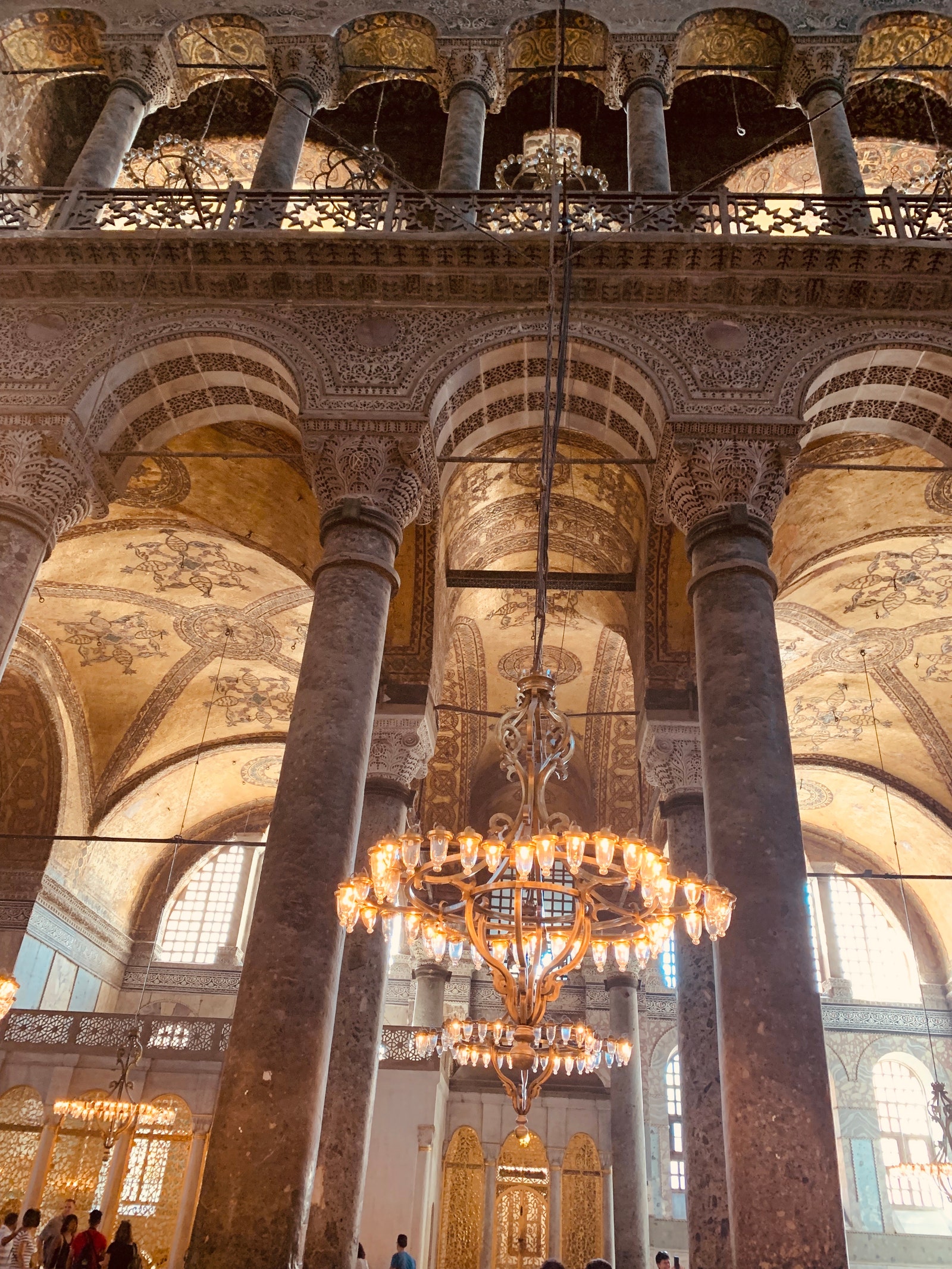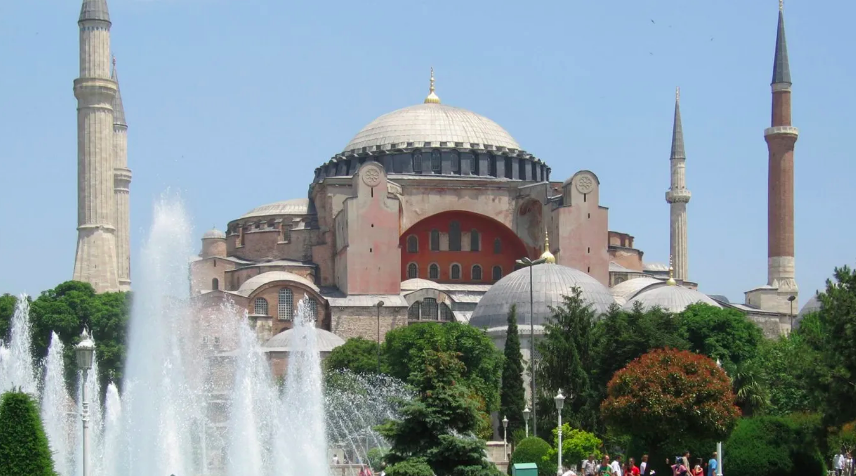The magical city of Istanbul links the east and the west, and has been the centre of numerous empires over the centuries, the most powerful of which were the Byzantine and Ottoman Empires. The city with its stunning skyline still has many physical reminders of its various rulers. One of Istanbul’s greatest treasures is the Hagia Sophia Museum. It was a mosque for 482 years and a church for 916 years. Currently, Hagia Sophia is a museum, which features design elements of both a church and a mosque.
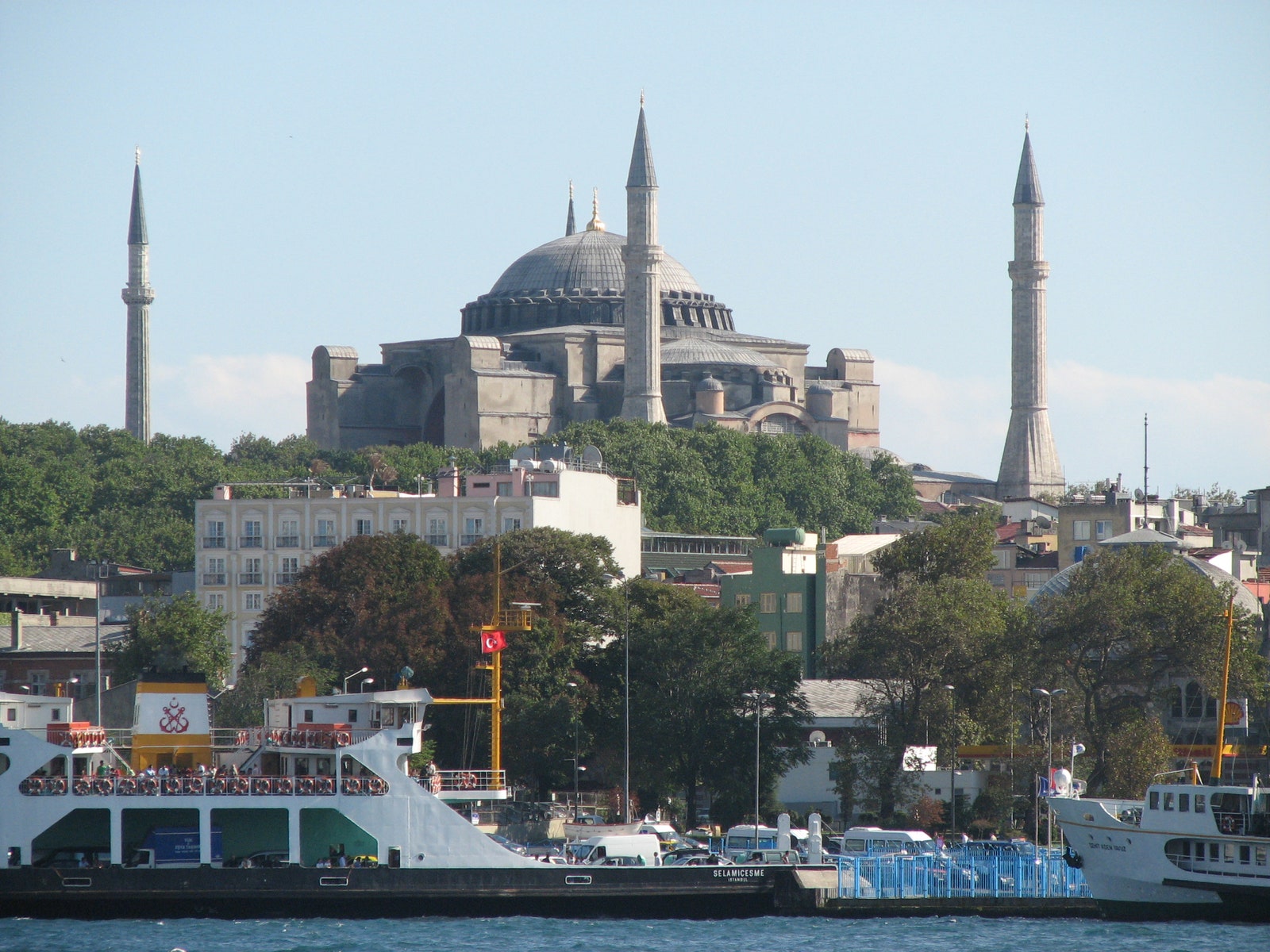
Byzantine Empire Influences
Built in the 6th century by Emperor Justinian of the Byzantine Empire, this basilica features an imposing dome, a massive nave and stunning gold mosaics. It was first constructed in Constantinople (now Istanbul) as a cathedral, reflecting Christian architecture. It is one of the most important Byzantine structures in the world. Architects Anthemius of Tralles and Isidorus of Miletus built it in a span of six years. Hagia Sophia combines a longitudinal basilica and a centralised building in a unique Byzantine way—with a huge 32-metre main dome supported on pendentives (triangular segment of a spherical surface) and two semi-domes.
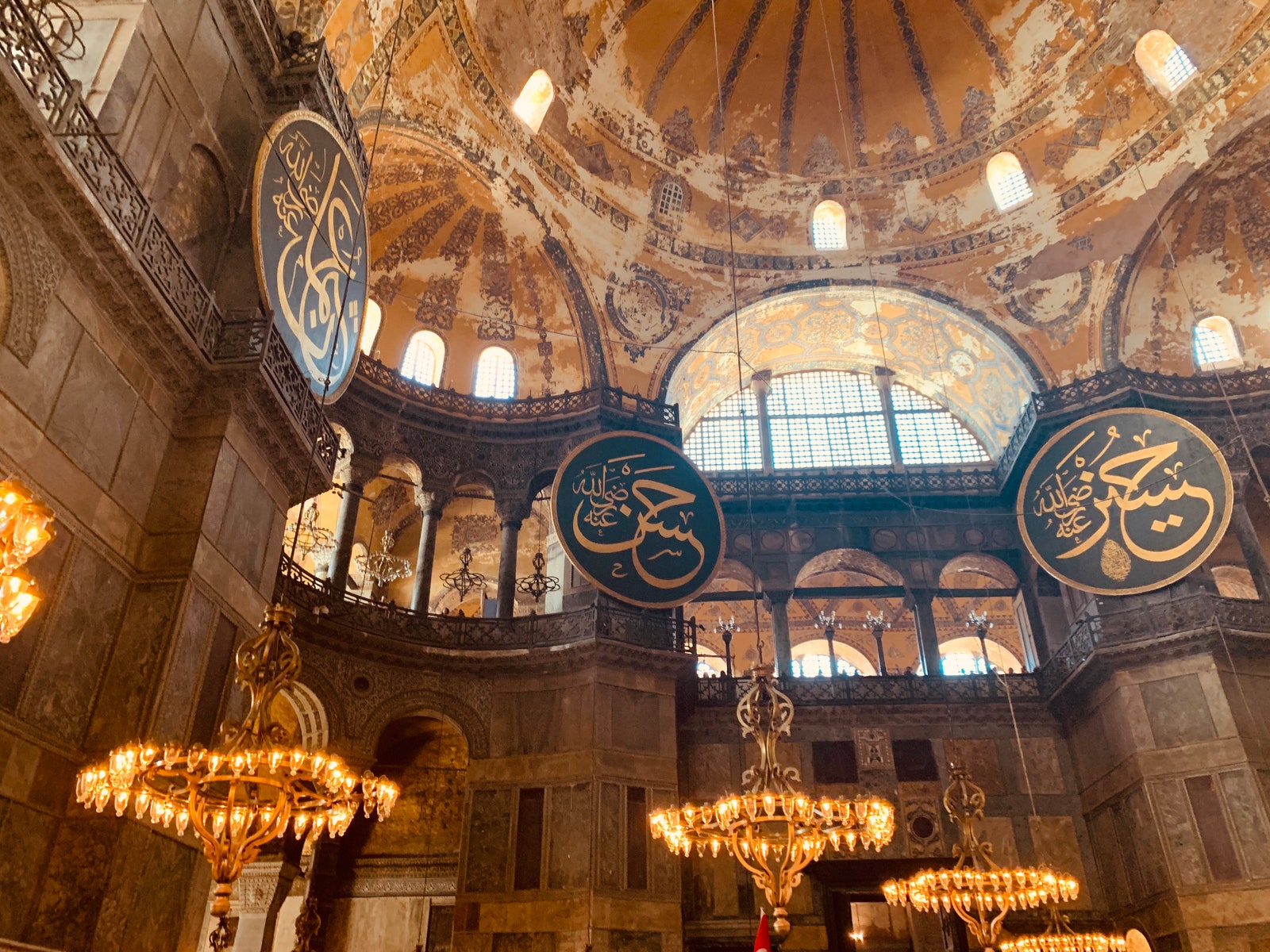
The walls above the galleries and the base of the dome have windows, which during daylight obscure the supports and give the impression that the canopy floats on air. Along with the basic structure of the building, the Byzantine influences can be seen in the gold mosaics that cover the walls of the interior of the building
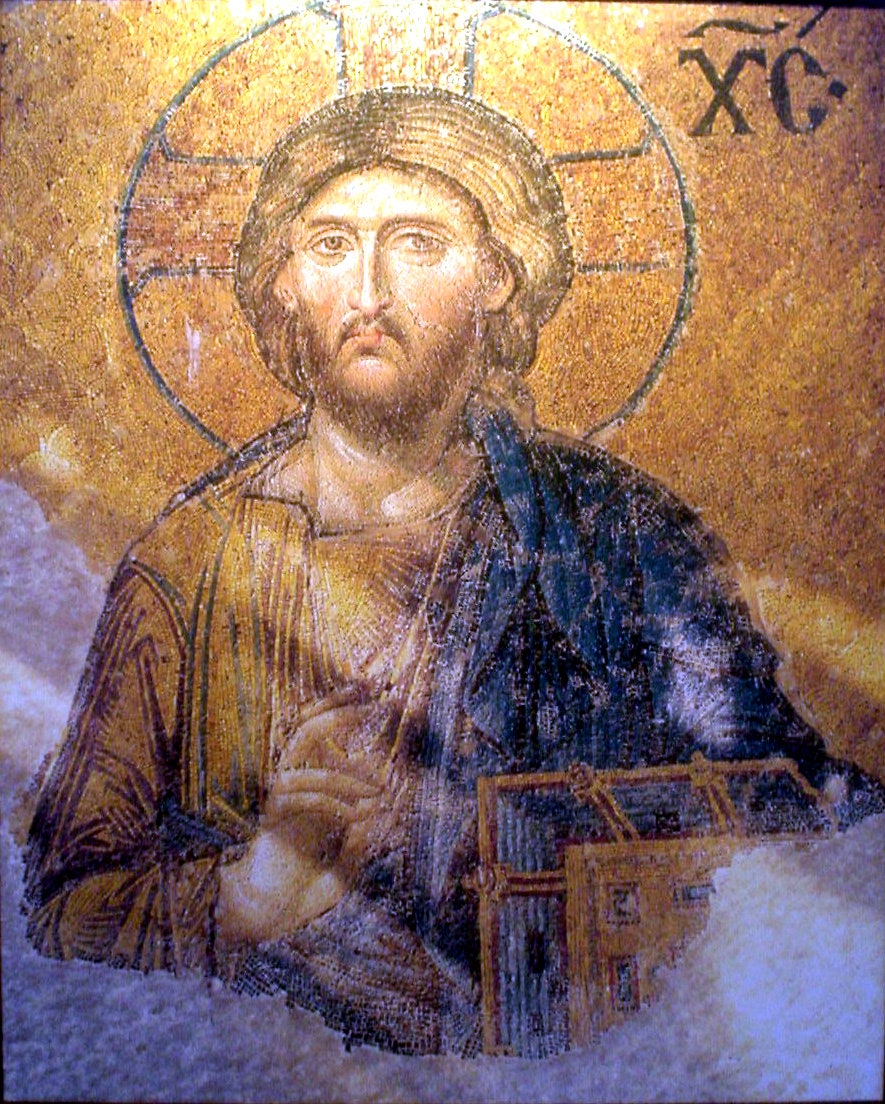
Ottoman Empire influences
After the Ottoman conquest of Constantinople in 1453, Mehmed II transformed Hagia Sophia into a mosque, with the addition of a wooden minaret (on the exterior, a tower used for the summons to prayer), a large chandelier, a mihrab (niche indicating the direction of Mecca), and a minbar (pulpit). Furthermore, a distinctive Islamic calligraphy collection that does not exist in any other mosque in the world was added to its interior walls.
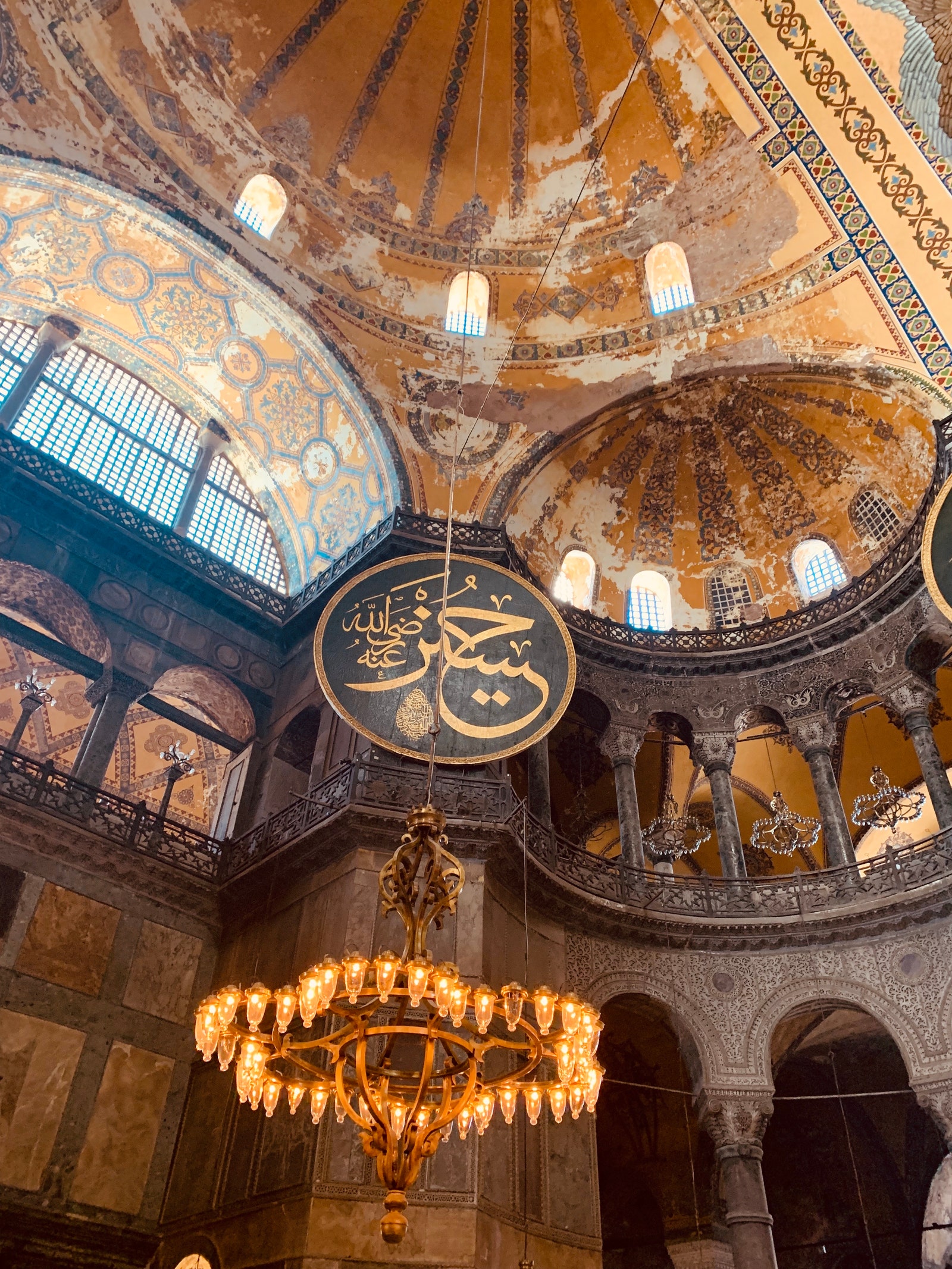
However, the original features of the Christian church were not destroyed. The mosaics depicting Jesus, his Mother Mary, Christian saints, and angels were plastered over. After the conquest of Istanbul, Hagia Sophia became the most important place in the Ottoman Empire for the top-ranked families to worship. It had an important place in the heart of the Ottoman Empire.

A Church and a Mosque
In 1934, Turkish President Kemal Atatürk secularised the Hagia Sophia, and in 1935 it was made into a museum. The fact that the building still showcases features of both Christian and Islamic architecture makes this monument a unique architectural masterpiece. The Byzantine architecture of Hagia Sophia served as an inspiration for many other Ottoman mosques like Istanbul’s Blue Mosque.
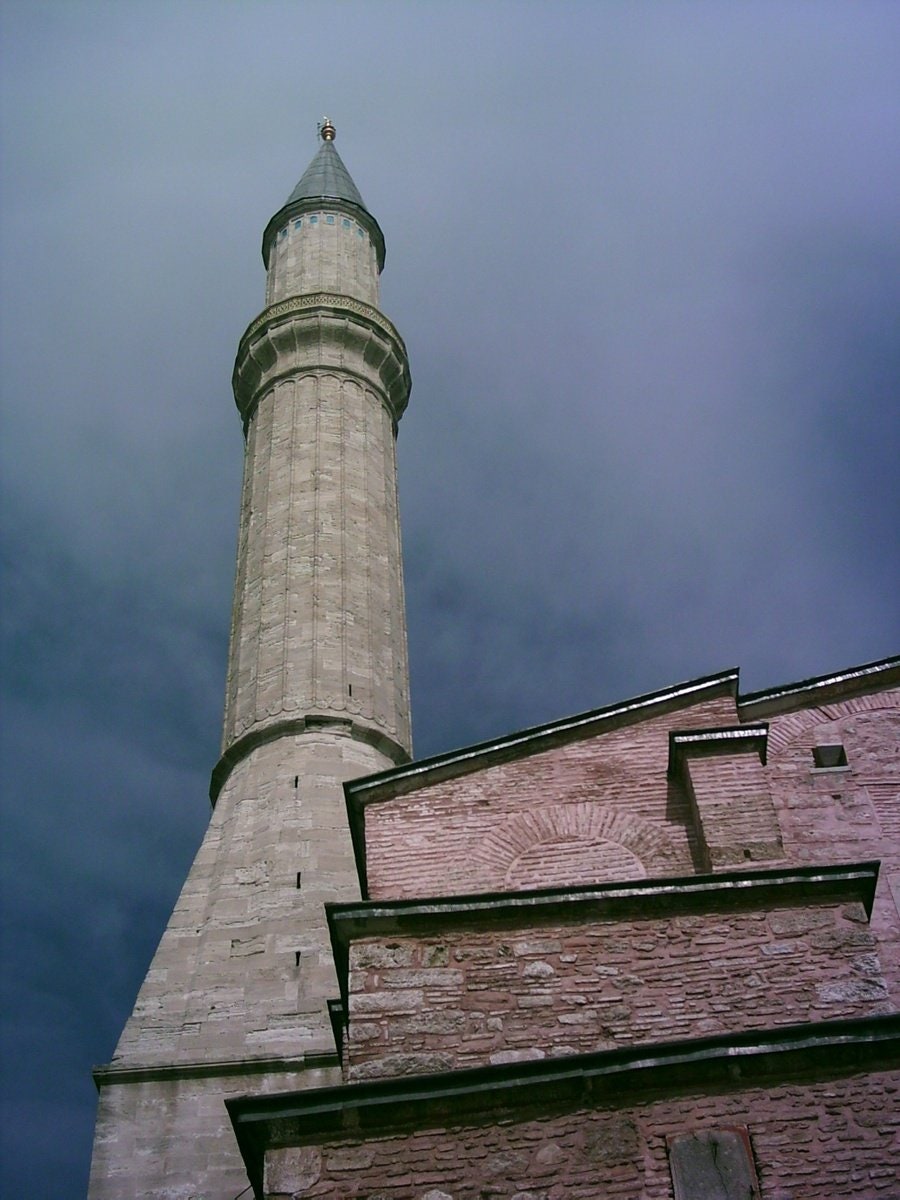
In 1985, Hagia Sophia along with Istanbul’s other major historic buildings and locations were together declared a UNESCO World Heritage site. Presently, repair and restoration work continues at Hagia Sophia, which is now an important site for tourism in Turkey. It is frequented not only by tourists but also by historians, architects, artists and archaeologists.
